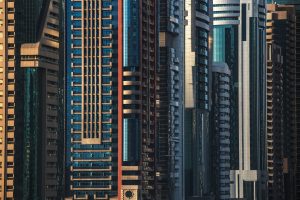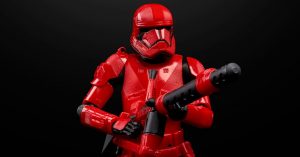This past spring, on one of those LA nights where anything seems possible and the hours unzip with no concrete end, as if the night might actually go on forever, I ambled down Sunset Boulevard in a sticky hallucinogenic trance. Hours earlier I’d eaten a small corner of a chocolate edible given to me by a friend; as I later detailed to anyone who would listen, it didn’t take long before I was dropped into the Matrix—tangled in some alternate, neon-lit dimension where nothing was as I knew it to be.
That night I witnessed things for what they really were: Our bodies were not our bodies; they were host vessels for spooky glob-shaped ectoplasms, shells for the strange and the unexplainable. What we understand as reality, I told my friend JC, was all wrong. I saw the streets as lines of code. The slices of pizza we devoured were faceless gold tokens. Time moved with us, I theorized, not us with it. We laughed to keep the paranoia at bay.
As a writer, I look for allegory almost everywhere. And for a while after my high broke, I tried to make sense of the things I witnessed that night. But perhaps there is no metaphor for my trippy excursion—what if it all just was? I now find more comfort in there being no grand parable awaiting to be deciphered. I like to think what I experienced was me actually allowing room for possibility to enter. The mind opens up and the supernatural manifests.
As an artist—particularly as a photographer—what does it mean to make space for the strange and uncanny? And what happens when one reality is imposed onto another? Are there consequences to those actions? That’s the real daring and radiance of Mladen Antonov’s playful photo illusion taken from a scene at RaWai Beach on Phuket island. Echoing the work of artists like Joseph Cornell and Jesse Treece, he calmly brings about the fantastical intersections of the everyday.
At first glance, the image presents itself as a photomontage—as two separate photographs overlaid into one weirder formulation. There is the couple riding past one of the many fisherman ports. There are the two dopey-eyed fish, hovering in the image’s foreground, that seem to be part of another narrative, married here by Antonov’s skillful angling. The unique visual style reads more as collage, as a kind of magic trick, a photorealist manipulation. Here, time doesn’t sit still; the objects in the frame are not numbed to a halt, or frozen, as it’s often phrased—they seem to collide from distant ends, together, defining a new world. It’s the surreal as the real.
The truth of the photo is layered with less alien oddity. Its sci-fi flourishes—the big-fish-small-world image would be at home on a skyscraper in Blade Runner—are the result of Antonov’s clever shooting; the street scene is captured through the pane of an aquarium. The narratives are, in fact, part of the same story. Still, I find myself drawn to the photo because, just like that mind-expanding spring night in LA, it asks me to suspend reality and step into the surreal. Like the best of art, it demands vulnerability: It wants the viewer to let go, to allow for possibility. It asks us to imagine more.
More Great WIRED Stories
- The female founders disrupting the vagina economy
- Movie talk and the rise of review culture
- Jack Conte, Patreon, and the plight of the creative class
- TikTok—yes, TikTok—is the latest window into China’s police state
- Forget Mensa! All hail the low IQ
- 👁 If computers are so smart, how come they can’t read? Plus, check out the latest news on artificial intelligence
- 💻 Upgrade your work game with our Gear team’s favorite laptops, keyboards, typing alternatives, and noise-canceling headphones



